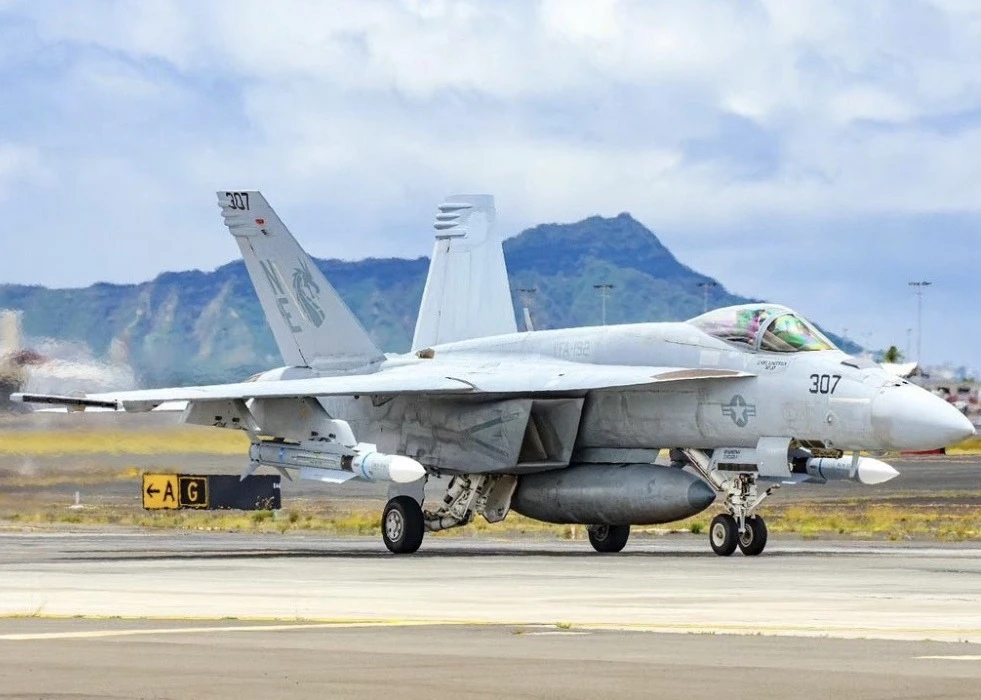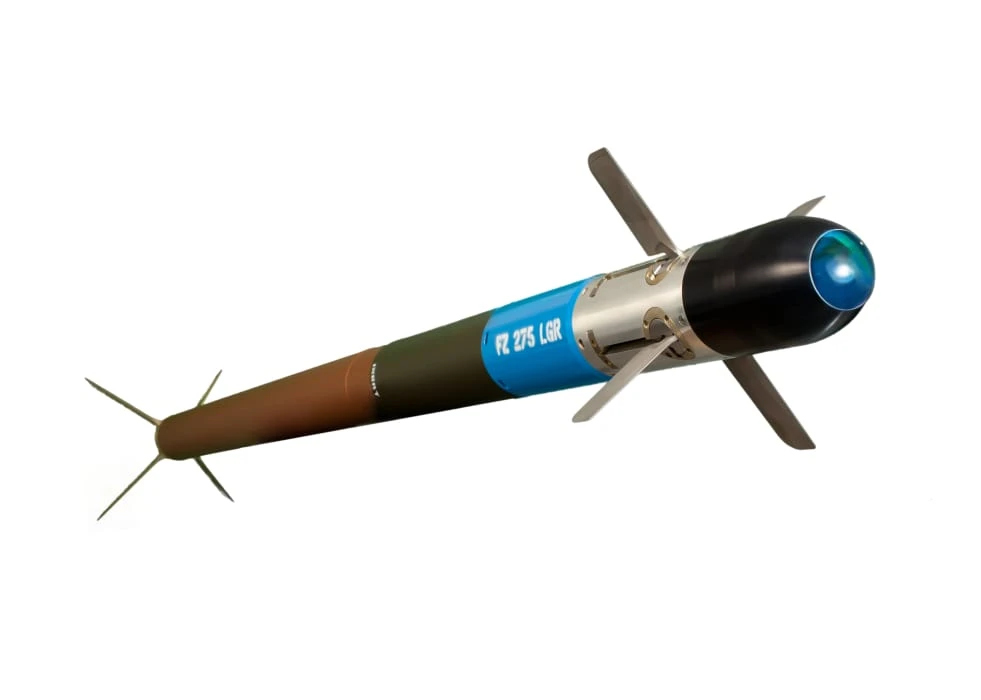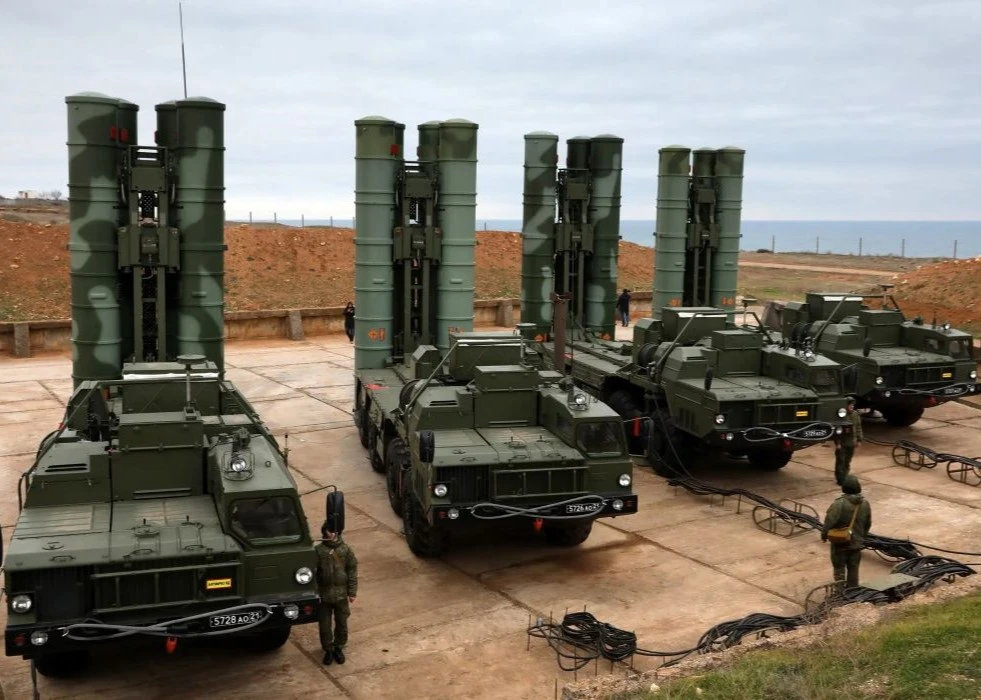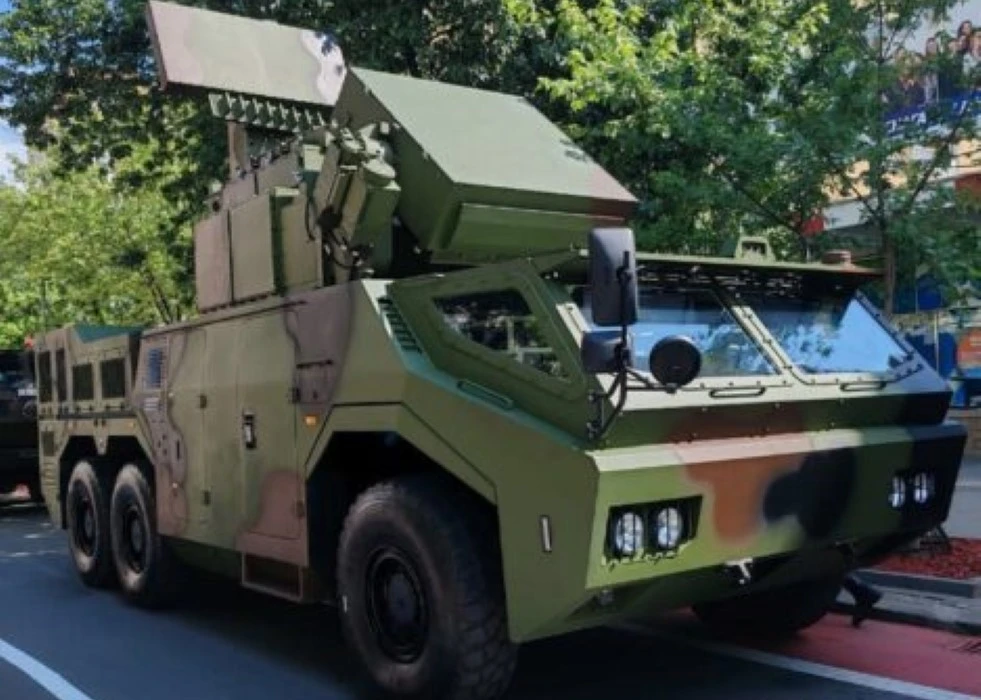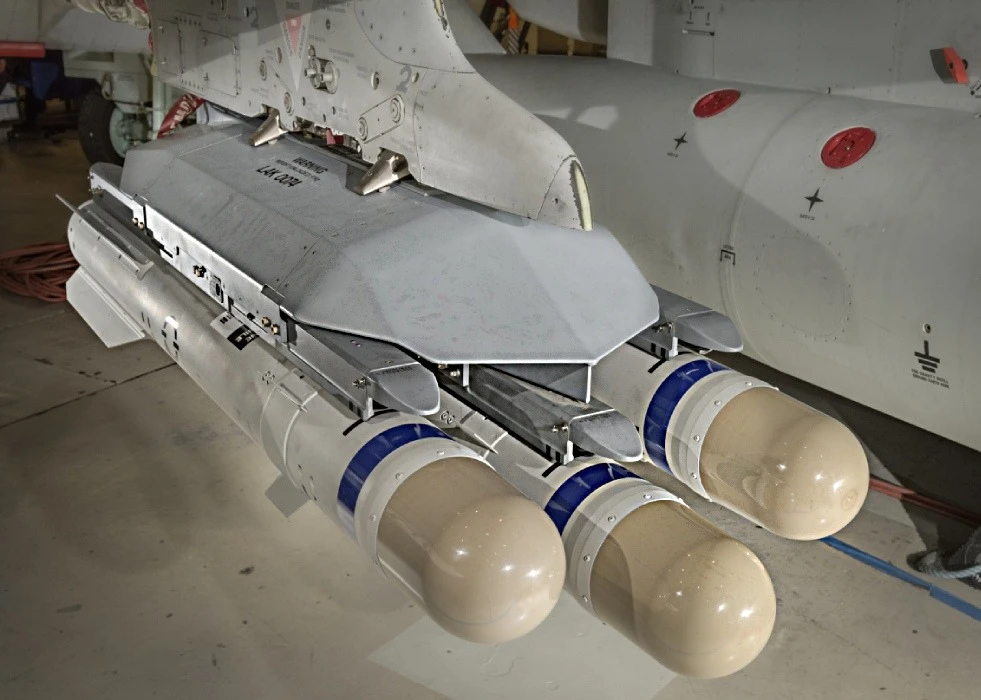The missile’s use of flares hints at the integration of countermeasures against thermal tracking and IR-guided missiles regarded as integral components of low-altitude air defence systems.
Kh-101’s large size of 7.45 m in length and 500 mm in diameter might have allowed the implementation of countermeasures and the needed control systems, given the potential available space.
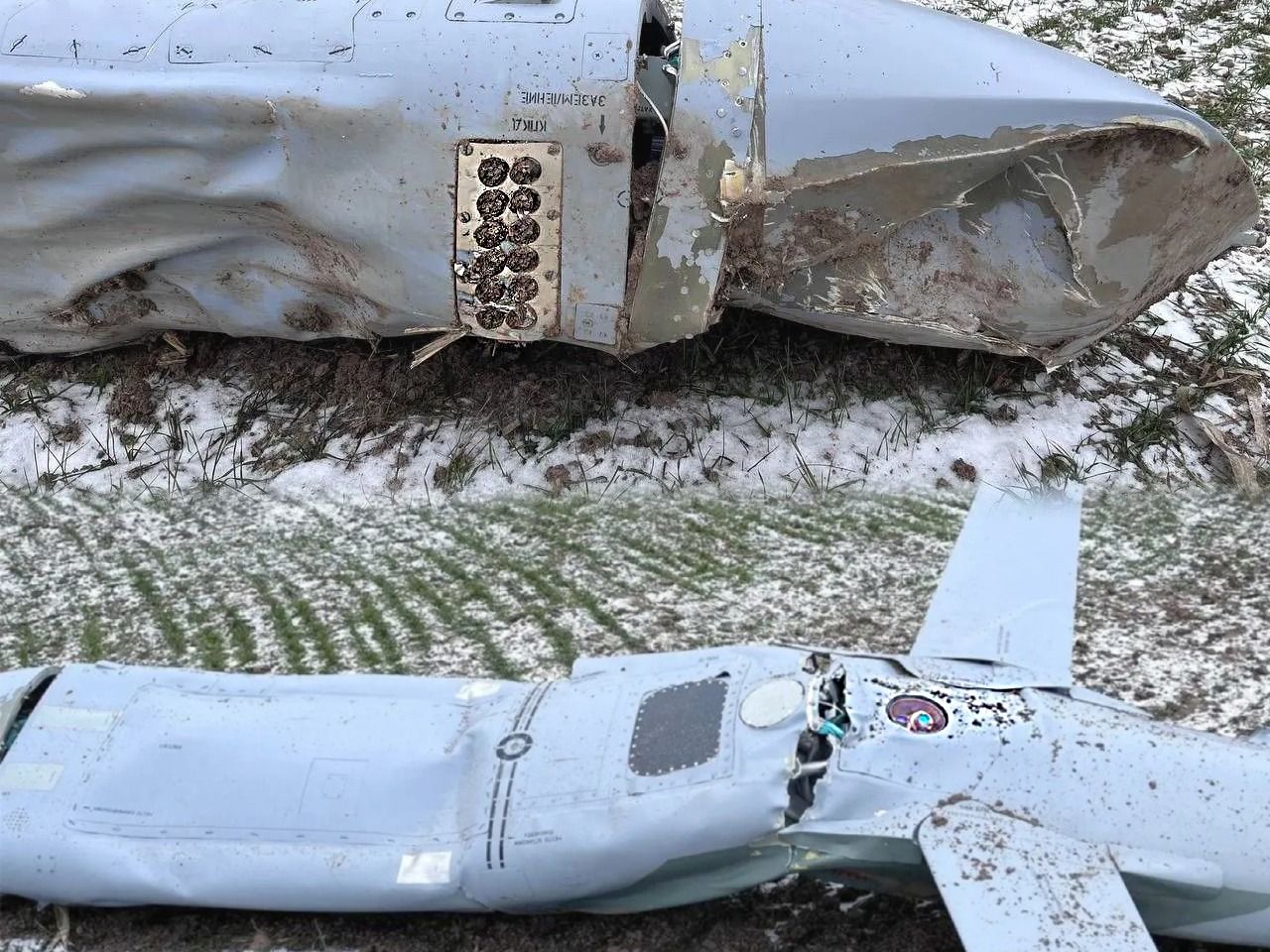
Some of Kh-101’s subsystems were spotted when the Ukrainian Air Force downed one of the missiles and published its images. A part with 12 circular slots (above in the combined pictures from the Ukrainian Air Force) raised questions about what it might be. Dimensions and the slots filled with dirt suggest this might be the flare dispenser seen in action.
In addition, a Digital Scene Matching Area Correlation (DSMAC) system (below in the picture) allows the missile to follow the terrain by optical means seen under the missile’s belly.
Kh-101, one of the latest additions to Russian cruise missile arsenal, has been in active use since the starting point of the war in Ukraine alongside other cruise missiles such as Kh-55 and P-800 Onyx (Launched from Bastion-P mobile coastal defence system).
Kh-101 is a successor to the Kh-55 air-launched cruise missile with reduced Radar Cross Section and improved guidance. The missile can be carried by Tu-22M3, Tu-95M and Tu-160 bombers in the Russian Air Force service. The guidance includes IIR/TV seeker and GLONASS navigation. Kh-101 carries a conventional warhead weighing 450 kg, but a nuclear-armed variant named Kh-102 also exists.




